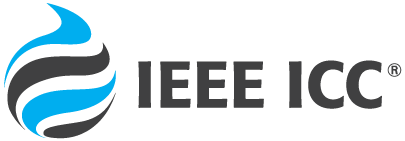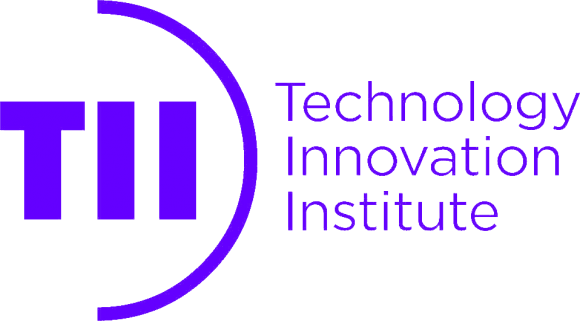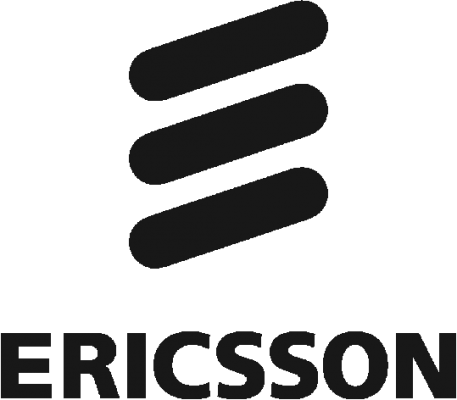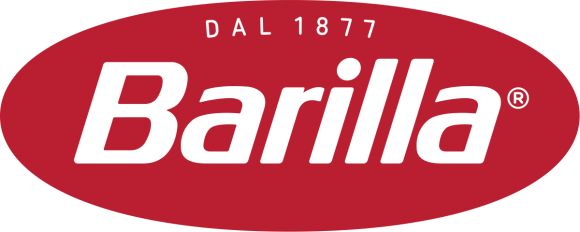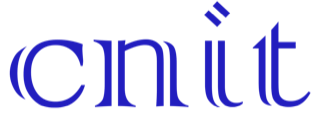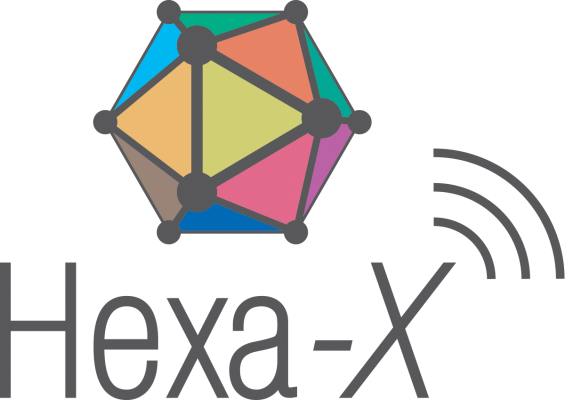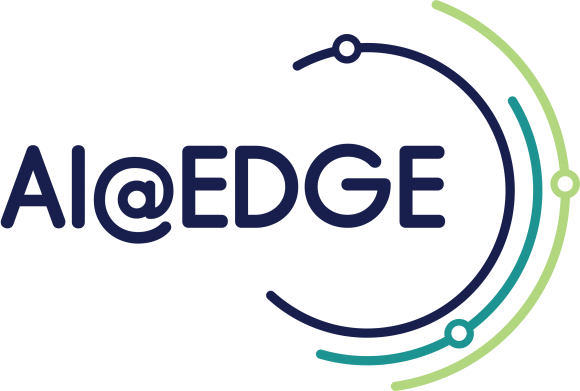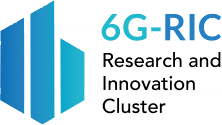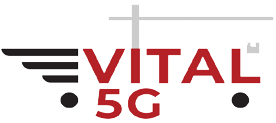WORKSHOP CO-CHAIRS
- Haiyang Zhang, Nanjing University of Posts and Telecommunications, China
- Anna Guerra, National Research Council of Italy, Italy
- Francesco Guidi, National Research Council of Italy, Italy
- Nir Shlezinger, Ben-Gurion University, Israel
- George C. Alexandropoulos, National and Kapodistrian University of Athens, Greece
STEERING COMMITTEE
- Linglong Dai, Tsinghua University, China
- Marco Di Renzo, CNRS & Paris‐Saclay University, France
- Yonina C. Eldar, Weizmann Institute of Science, Israel
SCOPE
The extremely large-scale (XL) antenna arrays and high-frequency spectrum bands, e.g., millimeter-wave (mmWave) and Terahertz (THz) bands, are regarded as two key physical-layer technologies for 6G networks. XL antenna arrays, deployed with hundreds or even thousands of antennas at the base station or at passive reconfigurable intelligent surfaces (RIS), can significantly improve spectral efficiency; High-frequency bands provide large available bandwidth (e.g., several GHz). The deployment of XL antenna arrays, especially in high-frequency bands, leads to future 6G networks likely operating in the radiating near-field (Fresnel) region, as opposed to conventional wireless systems, typically operating in the far-field region. Different from far-field case, where plane wave propagation holds, in the radiating near-field region, the wavefront is spherical.
The fundamental change of the properties of electromagnetic field results in some of the classic theories of wireless localization and communication derived based on the assumption of far-field plane waves may be invalid in radiating near-field environments. Meanwhile, the near-field operation brings many benefits to localization and communication, e.g., enhancing the signal strength of target receivers or providing a new degree of freedom (in both the angle and distance domains) to control multi-user interference. The main goal of this workshop is to attract researchers to work together to address the new opportunities and challenges arising in near-field localization and communication for the 6G era.
TOPICS OF INTEREST
We seek original completed and unpublished work not currently under review by any other journal/ magazine/conference. Topics of interest include, but are not limited to:
- Near-field EM modeling, foundations, and algorithms
- Fundamental limits in near-field communications
- Fundamental limits in near-field localization
- Near-field integrated sensing and communications
- AI for near-field localization/communications
- RIS-assisted near-field localization techniques
- RIS-assisted near-field communications techniques
- Near-field tracking modeling and algorithms
- Near-field wireless power transfer
- Near-field Radio-frequency Identification (RFID)
- Near-field testbed and experimentation
PAPER SUBMISSION
All papers for Workshops should be submitted via EDAS.
Full instructions on how to submit papers are provided on the IEEE ICC 2023 website: https://icc2023.ieee-icc.org/
IMPORTANT DATES
Paper Submission Deadline: 20 January 2023 3 February 2023
Paper Acceptance Notification: 6 March 2023
Camera Ready and Registration for accepted papers: 15 March 2023
